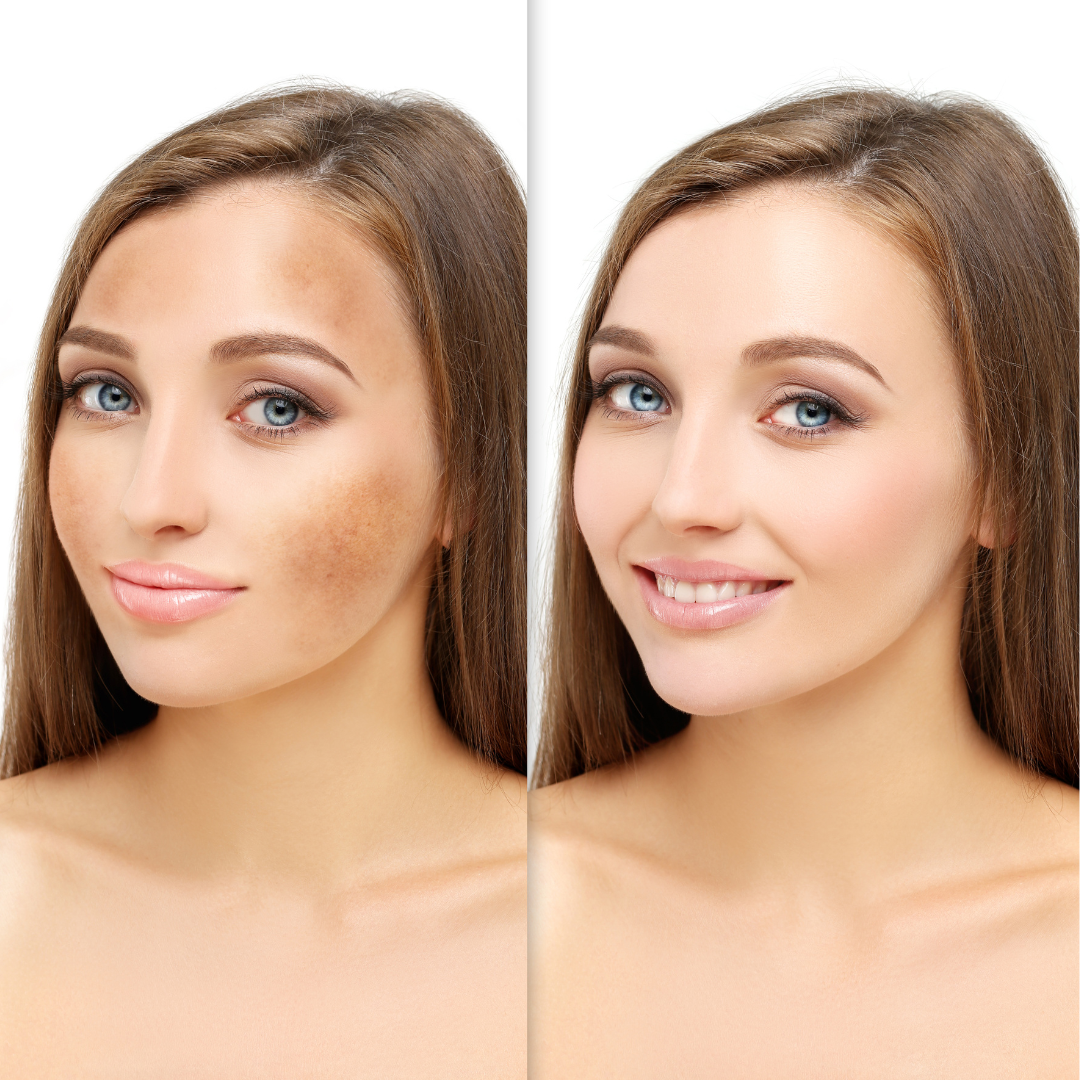
Your Guide to the Best Complexion Blending Treatment for Melasma
Melasma is a skin condition that affects millions globally, yet the perfect solution often feels just out of reach for many sufferers. That’s where the best complexion blending treatment for comes in!
Laser complexion blending is gaining traction as a revolutionary approach that can offer real hope for those battling melasma and skin discoloration.
In this comprehensive guide, we will deep-dive into melasma, the current landscape of treatment options, and why laser complexion blending stands out as the superior solution.
What Is Melasma?
Melasma presents as dark, discolored patches on the skin, most commonly on the face. While this hyperpigmentation isn’t harmful, it can be difficult to conceal with makeup and lead to a visibly uneven complexion.
What Causes Melasma?
The exact cause of melasma is still a subject of study, but it is believed to be a combination of:
- Genetic predisposition
- Hormone imbalances (particularly estrogen and progesterone). This is why a significant number of melasma cases occur during pregnancy or with the use of birth control pills.
- Sun exposure. UV rays can stimulate the production of melanin, leading to further pigmentation.
Traditional Melasma Treatment Options
There is no one-size-fits-all approach to treating melasma, and what works for one person may not work for another.
Traditional treatment options include topical creams, chemical peels, microdermabrasion, and oral medications.
These treatments are designed to suppress melanin production, exfoliate the skin, or a combination of both. They can be effective for some, but not for others, and results can be unsatisfactory or very slow to manifest.
Why Laser Is the Best Complexion Blending Treatment for Melasma
The best complexion blending treatment for melasma involves the use of laser devices that emit various wavelengths. These wavelengths target different pigments and depths in the skin, breaking down the melanin causing the discoloration. Then, the body’s natural healing process flushes out the damaged pigment, leaving behind skin that is more even-toned.
It’s also important to mention that laser complexion blending doesn’t just treat the symptoms of melasma; it targets the underlying causes. This makes is an especially attractive option for those who have seen limited success with other treatments, including creams and peels.
4 Advantages of Laser Complexion Blending
There are a number of reasons that laser technology is considered the best complexion blending treatment for melasma. Its key advantages include:
1. Long-Lasting Results
Unlike topical treatments or chemical peels, laser complexion blending can offer more enduring results. This a major draw for individuals tired of the temporary nature of other therapies.
2. Customized to Your Skin
Laser treatments are highly adaptable to the patient, adjusting to individual skin types and tones. This personalized approach can make a significant difference in both efficacy and safety.
3. Minimal Downtime
With laser complexion blending, the recovery time tends to be less than that of more aggressive procedures. As such, you can resume your regular activities sooner, with minimal downtime.
4. Non-Ablative
Melasma laser procedures are non-ablative, meaning they don’t remove any skin layers. This not only reduces the risk of complications, but also means treatments are less invasive and more comfortable for patients.
How to Prepare for Laser Complexion Blending
So, you’ve found the best complexion blending treatment. Now what?
There are several steps that patients can take to ensure the treatment runs smoothly and the best results are achieved.
Sun Protection
Patients should commit to strict sun protection measures prior to their complexion blending procedure. UV exposure not only worsens melasma but can make the skin more sensitive after laser treatment.
Skincare Routine
Preparing the skin with a healthy skincare routine can optimize the effectiveness of laser treatments. This includes using sunscreen and avoiding products that may irritate the skin.
What to Expect During Laser Complexion Blending
Understanding what happens during laser complexion blending can demystify the procedure and calm any pre-treatment nerves.
During the Procedure
During the procedure, a hand-held laser device will be used over the affected area. Patients often report feeling a warm, tingling sensation, though discomfort is often mild.
The session could take up to an hour, depending on the area being treated.
Immediately After
Once the treatment is complete, you may experience some redness and swelling. This typically subsides within a few days.
In addition, the treated areas will darken and flake or slough off as the pigmented areas heal and renew.
Laser Post-Treatment Care
The period following laser treatment is crucial for proper healing and optimal results. Post-treatment care may include:
Sun Avoidance
Avoiding the sun is important in the immediate days following treatment. Long-term, diligent sun protection is imperative in preventing melasma from reoccurring.
Moisturizing
Moisturizing can help the skin heal and regenerate more quickly. It also prevents the skin from drying out, which can prolong the recovery period.
Can You Get Rid of Melasma Permanently?
Melasma has a tendency to recur. However, by undergoing the best complexion blending treatment, following post-care instructions, and attending maintenance sessions, you can keep melasma at bay and achieve clearer, more radiant skin.
The Takeaway
In conclusion, for those seeking a more permanent and substantial resolution to their melasma, laser complexion blending could well be the treatment we’ve been waiting for.
Its ability to address melasma layers deep and wide within the skin, without damaging the epidermis, is what sets it apart from other options.
Schedule a Complexion Blending Consultation Today!
Ready to say goodbye to melasma? If so, please call our office today to schedule a complexion blending consultation with one of our top-notch specialists!
